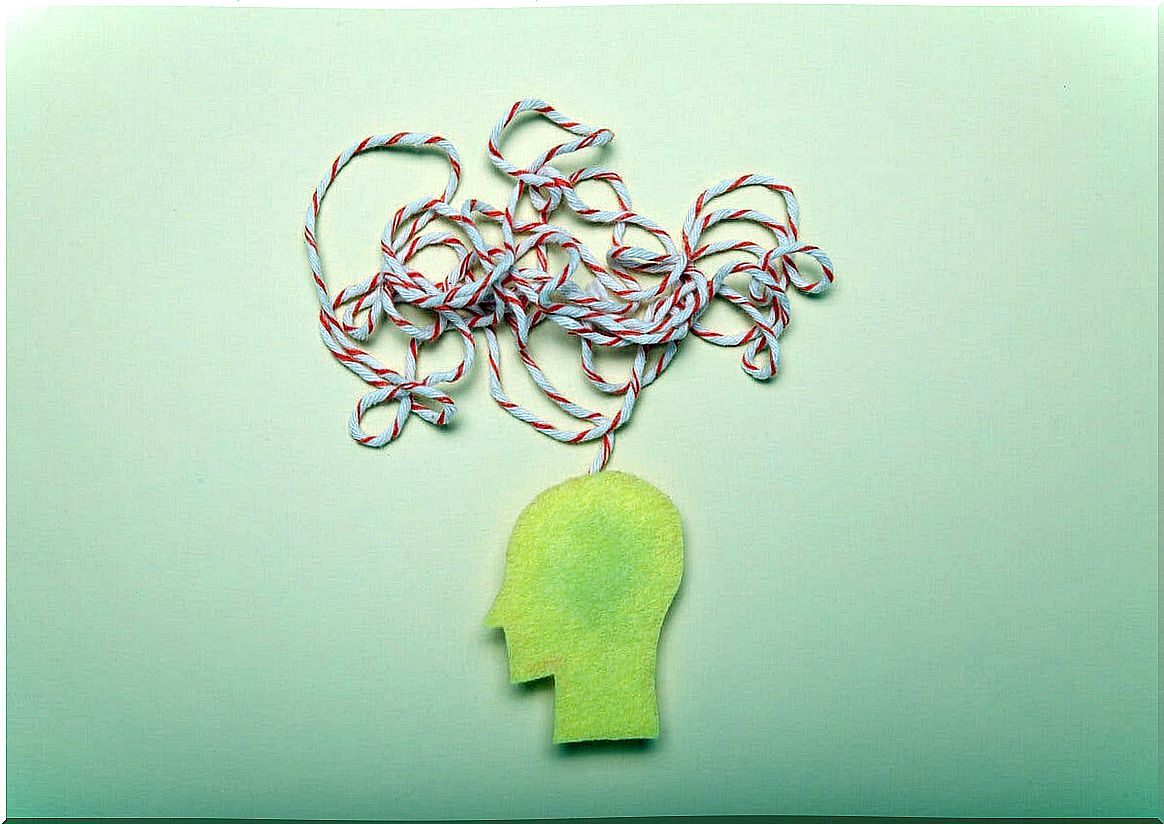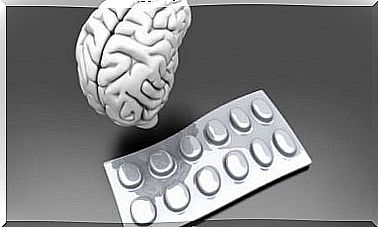Debiasing: The Technique To Reduce Cognitive Biases

Debiasing is the term that refers to the capacity that each of us has to reduce cognitive biases. Those thought patterns impregnated with quick judgments, illogical interpretations and unfounded attributions constantly accompany us without our realizing it. This way of reasoning not only leads us to misunderstandings, but also completely distorts reality.
People make an average of 3,000 performances a day. However, not even 10% of them may have a rational and thoughtful basis. When we go on the subway, for example, we draw express conclusions about the people sitting in front of us. When we read a news story on our social networks, we infer often hasty and erroneous ideas that we end up sharing.
If someone does not respond to our mobile message within the second, we think the worst. It is known that bias by which someone attractive and pleasant seems more reliable. Each of us works with multiple erroneous or distorted thought patterns that affect the way we relate to and interpret what surrounds us.
It is healthy, therefore, to be aware of these psychological constructs and to reduce their impact.

Cognitive biases decide for you
The concept of cognitive biases was coined in 1972 by the psychologist and Nobel laureate in economics Daniel Kahneman and Amos Tversky. As a rule, this term defines that tendency of the brain to analyze the information that surrounds it in a few seconds and make a decision based mainly on intuition in a short time.
Does this mean that people are continually making bad decisions? The answer is obviously no. On a day-to-day basis, we need to decide instantaneously and for this the brain usually draws on our previous experiences to respond to the demands of the environment. And, indeed, in many cases those steps taken in our daily lives are correct.
However, what basically happens is that the brain, by trying to save time, increases the probability of making mistakes, bypassing valuable information. Therefore, Daniel Kahneman himself explains in his now famous book Think quick thinking despac io the need to use a slower, deliberative and logical approach.
One way to achieve this and, above all, to reduce the impact of cognitive biases, is through the debiasing technique . We analyze it.
How does cognitive debiasing work?
The cognitive debiasing technique is already being applied in multiple settings. An example, in a research work carried out at the University of South Carolina, this strategy was applied in the nursing area of various hospitals. It was done because previous studies pointed to the idea that cognitive biases affect the quality of our decisions and the opportunity to apply changes that benefit the entire environment.
The need to break out of entrenched cultural traditions, beliefs and norms is a necessity in multiple work settings. For this, the debiasing strategy is very useful . The steps are the following:
Awareness
The first step is to assume that the mind works with these cognitive biases. Knowing what they consist of and the consequences they have is a priority.
Decide the change
The person must commit to himself that he will exercise control over his thinking. Knowledge (knowing what biases are) must be combined with commitment (willingness to change).
Self-analysis
The next step is self-analysis and self-awareness. At what times or circumstances do I apply a cognitive bias? For example, when a coworker proposes an idea to me, do I listen to him or do I automatically tell myself that what he is exposing me is silly because it is better not to change anything?
When I make a decision … what do I base it on? Am I just starting from my experience or am I able to analyze all the information that surrounds me? It is essential that the person carry out a reflection exercise to know in which moments or circumstances their mind works more on automatic pilot than deliberately.

Planning
Once the person becomes aware that those situations in which cognitive biases make decisions for them, it is time to plan a strategy. For instance:
- A coworker proposes an idea to me -> Instead of assuming that my approach is better and that the changes are not good, I listen to him, listen to him and value his idea. I try to imagine what benefits your proposal can bring.
- A new person arrives at work -> Instead of jumping to conclusions when seeing his appearance or hearing his first comments, I will make an effort to know him, to be close, open and avoid falling into judgments or stereotypes.
App
The path to reducing the power of cognitive biases in our minds requires firm commitment. Its application is daily and continuous.
It is good to know that the brain makes use of these psychological constructs in an unconscious and automatic way. Awareness of this and consistently applying pre-planned changes is essential and a priority.
Debiasing evaluation
Last but not least, we must evaluate if the application of the debiasing technique is being effective. Have I learned to make better decisions? Have my social relationships improved? How I feel? On average, we will start to notice improvements after four to five weeks. Any change takes time to see benefits.
However, this mental training will always have as a remarkable objective, to learn to think a little better. Doing it without haste, being able to evaluate each situation, stimulus and circumstance always reverses in our decisions and quality of life. Let us not hesitate to apply this resource.









